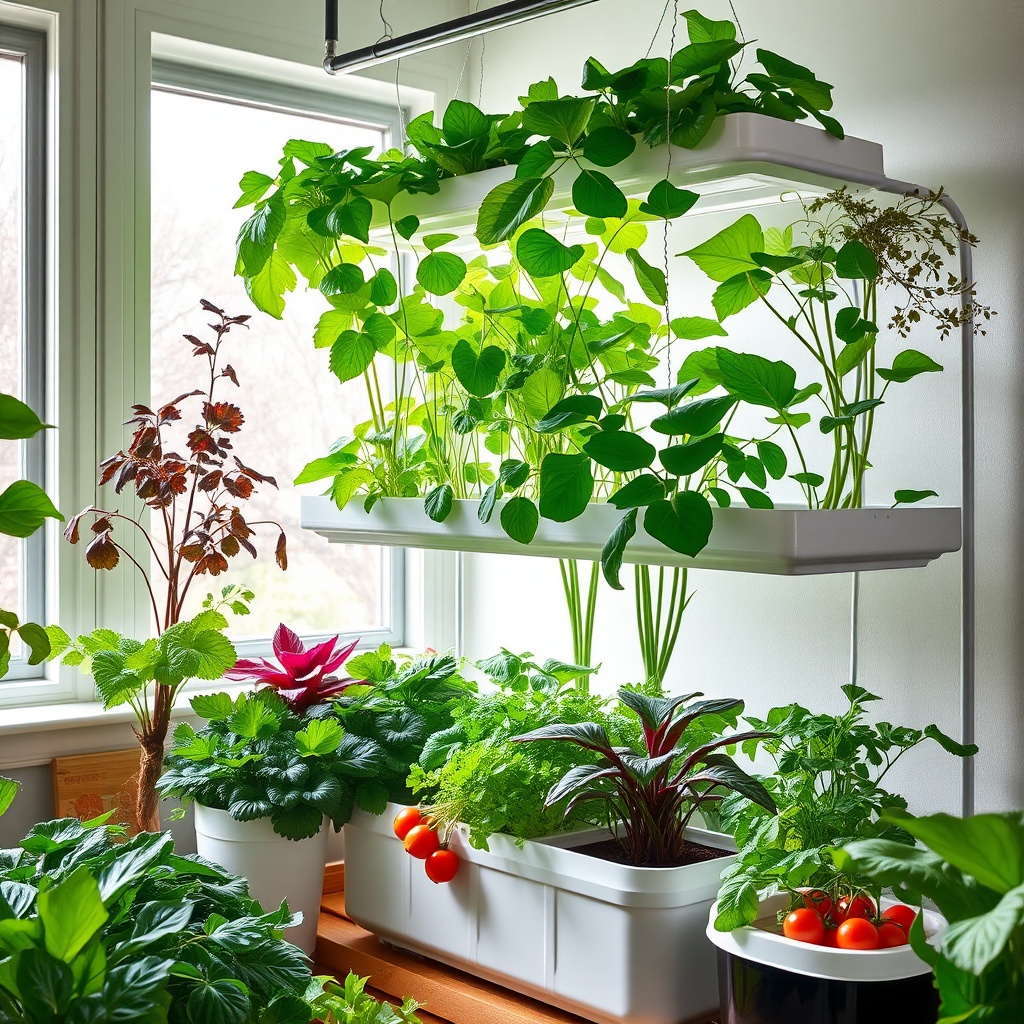Understanding the Hydroponic Advantage

In the ever-evolving world of agriculture, hydroponics stands out as a revolutionary method that allows growers to cultivate crops without the use of soil. This innovative technique not only conserves water but also optimizes nutrient delivery to plants, resulting in faster growth and higher yields. Among the stars of the hydroponic system are cucumbers and melons, both of which thrive in such an environment. Let’s explore how to harness the full potential of these vine crops through effective management practices.
Nurturing Your Hydroponic Cucumbers

Cucumbers are a refreshing addition to any garden, but managing them in a hydroponic system requires careful attention to detail. These plants prefer warm temperatures and ample light, making it essential to create an optimal growing environment. Here’s a breakdown of key management practices to ensure your cucumbers flourish:
- Temperature Control: Maintain temperatures between 70-85°F (21-29°C) during the day and slightly cooler at night.
- Light Requirements: Ensure your cucumbers receive 12-16 hours of light per day, using grow lights if necessary.
- Nutrient Solution: A balanced nutrient solution with a focus on nitrogen, potassium, and calcium is crucial for healthy growth.
- Support Systems: Use trellises to support the vines, allowing for better air circulation and light penetration.
- Pest Management: Regularly inspect plants for pests and diseases, employing organic methods to control outbreaks.
The Sweet Success of Hydroponic Melons
Melons, with their juicy sweetness, are a delightful crop that can be successfully grown hydroponically. They require a bit more space and careful management to thrive. Here are some essential strategies to cultivate melons in your hydroponic setup:
- Spacing and Support: Ensure proper spacing between plants and provide adequate support for the growing fruit, using netting or slings.
- Humidity Control: Maintain humidity levels around 60-70% to prevent mildew and promote healthy growth.
- Watering Techniques: Use a drip irrigation system to provide consistent moisture without waterlogging the roots.
- Pollination: Melons require pollination for fruit set, so hand-pollination may be necessary if natural pollinators are not present.
- Harvesting Tips: Harvest melons when they emit a sweet aroma and the skin color changes, ensuring peak flavor.




